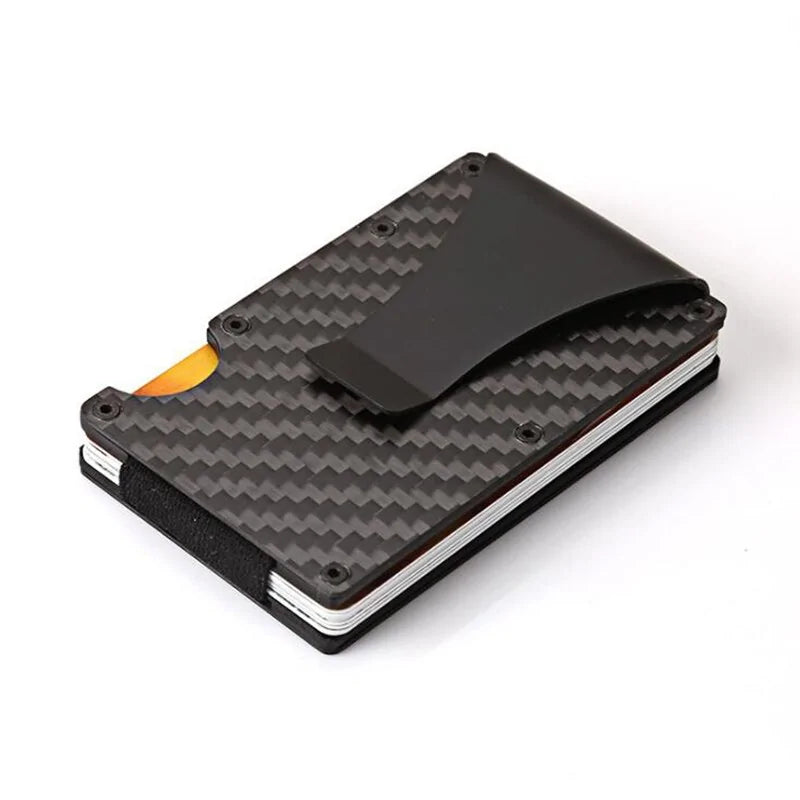
Keyword: carbon fiber barrel
# Carbon Fiber Barrel Technology in Modern Firearms
## The Evolution of Firearm Barrel Materials
For centuries, firearm barrels have been predominantly made from steel due to its durability and heat resistance. However, the introduction of carbon fiber barrel technology has revolutionized modern firearms, offering significant advantages over traditional materials.
## What is a Carbon Fiber Barrel?
A carbon fiber barrel consists of a thin steel liner wrapped with layers of carbon fiber composite material. This construction combines the ballistic properties of steel with the lightweight characteristics of advanced composites. The carbon fiber wrapping provides structural reinforcement while dramatically reducing weight.
## Advantages of Carbon Fiber Barrels
### Weight Reduction
One of the most significant benefits is the substantial weight reduction – typically 30-50% lighter than comparable steel barrels. This makes firearms easier to carry and handle, especially for extended periods.
### Improved Heat Dissipation
Carbon fiber barrels dissipate heat more efficiently than steel, helping to maintain accuracy during rapid fire sequences. The composite material doesn’t retain heat like metal does.
### Vibration Dampening
The carbon fiber construction naturally dampens vibrations, resulting in improved shot-to-shot consistency and potentially better accuracy.
### Corrosion Resistance
Unlike steel, carbon fiber is highly resistant to corrosion, making these barrels ideal for use in harsh environments without requiring extensive maintenance.
## Applications in Modern Firearms
Carbon fiber barrel technology has found applications across various firearm categories:
– Precision rifles
– Tactical firearms
– Hunting rifles
– Competitive shooting platforms
## Considerations and Limitations
While carbon fiber barrels offer numerous benefits, there are some considerations:
– Higher initial cost compared to traditional steel barrels
– Potential for different barrel harmonics that may require load development
– Specialized cleaning requirements to maintain the composite exterior
## The Future of Barrel Technology
As composite materials continue to advance, we can expect further improvements in carbon fiber barrel technology. Manufacturers are experimenting with different weave patterns, resin systems, and construction techniques to enhance performance characteristics.
The integration of carbon fiber into firearm barrels represents a significant step forward in weapon design, combining modern materials science with traditional ballistic engineering to create lighter, more efficient firearms without compromising performance.